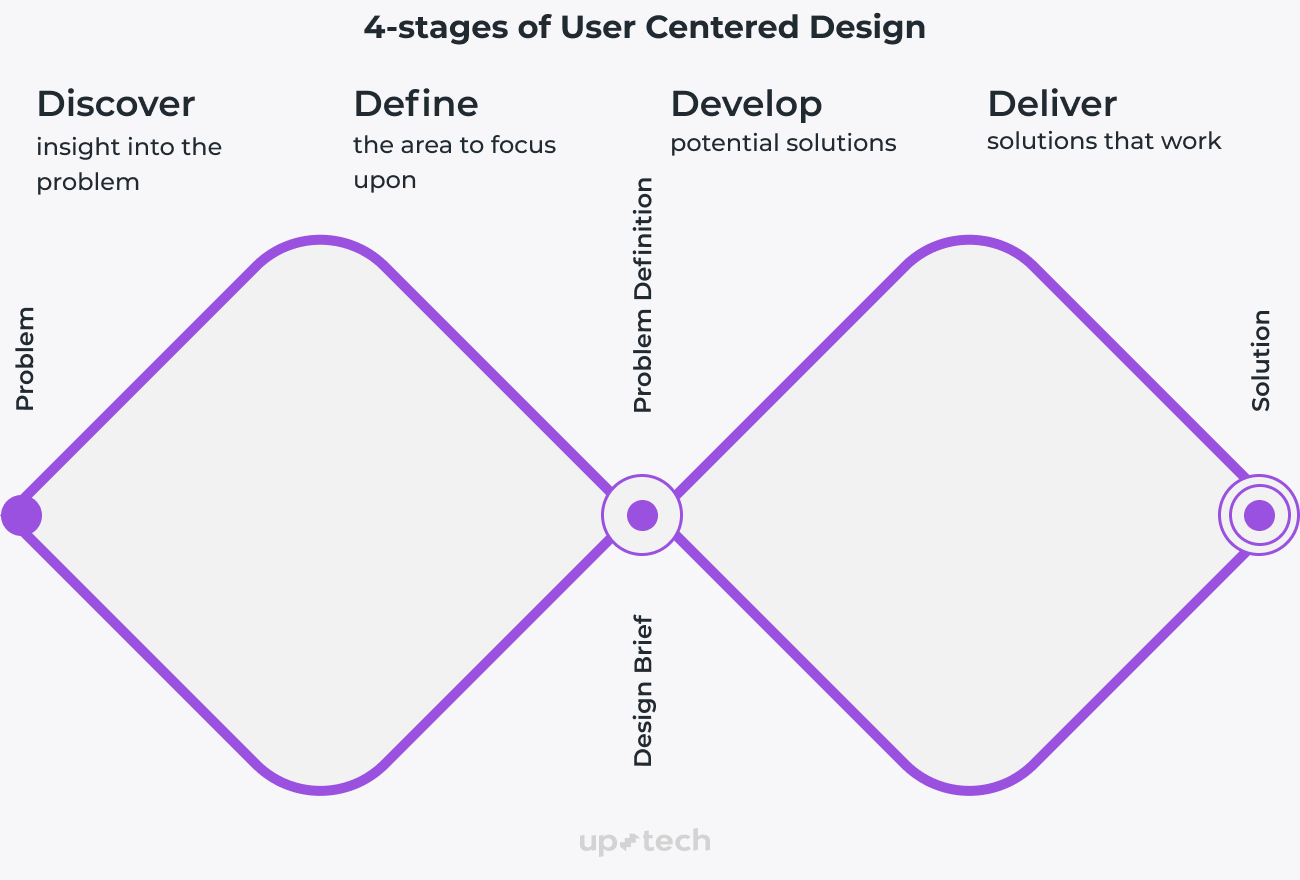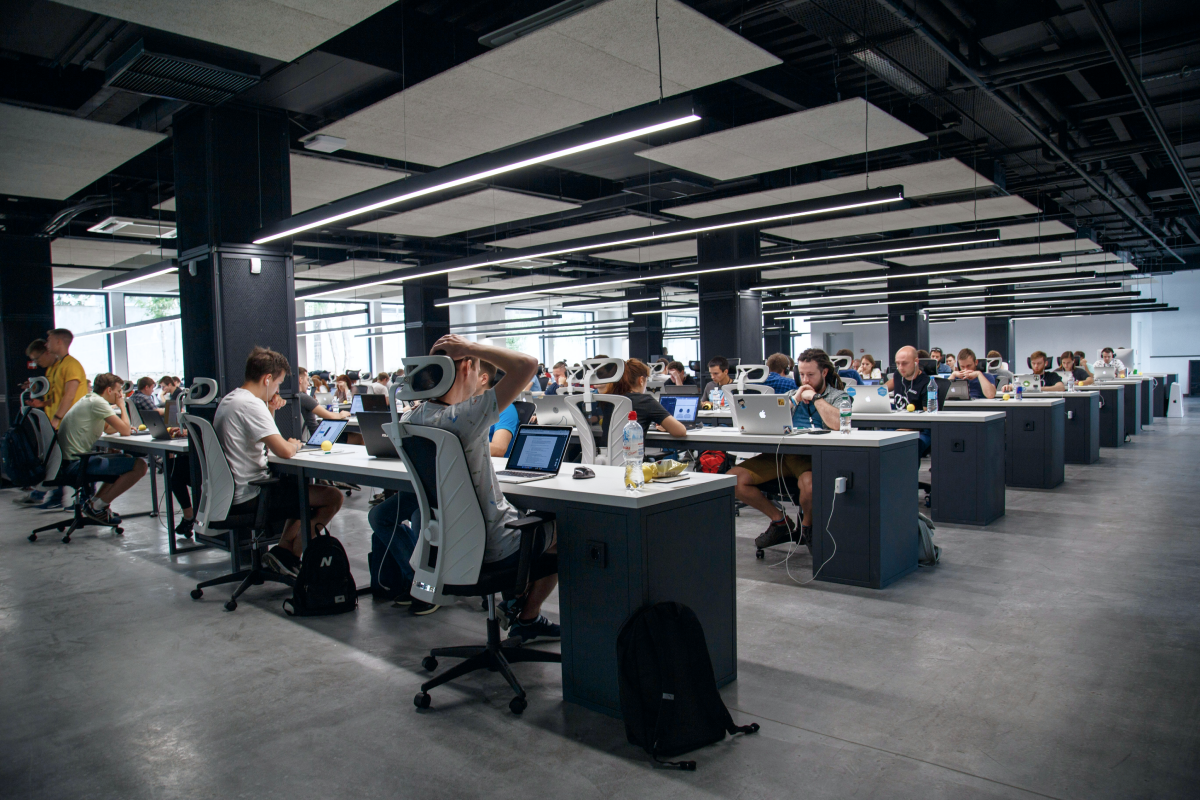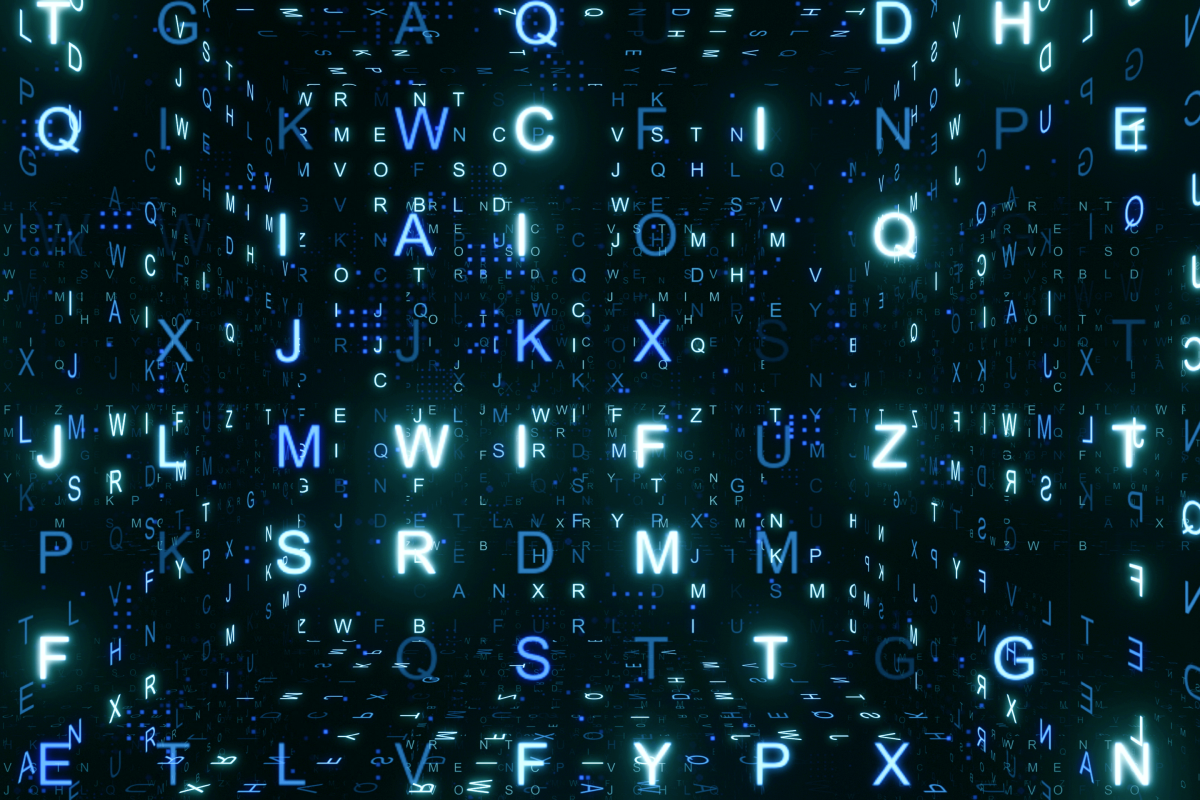It doesn’t matter if you’ve managed to come out with the most ingenious product ideas. If you’re not using a user-centered design process to develop the ideas, you’re risking failures the moment the product hits the market.
Even giants like Microsoft learned the hard way when it released Microsoft Kin in 2010. You’re forgiven if you don’t find the product familiar as it’s a short-lived mobile phone that doesn’t allow the installation of 3rd-party apps.
What is user-centered design
User-centered design is an approach that seeks the involvement of the target users throughout the design stages. It means getting involved with the community and empathizing with their needs and problems. It is a deviation from the assumptions-driven design where the product manager is overtly-focused on his/her ideas.
By seeking validations from users, you’ll get a better understanding of how, where, or why the product is used. The feedbacks are a data-driven foundation where you could further develop the product or reinvent an existing one.
Colgate put the user-centered design to good practice in the 90s, where it introduced a slimmer Motion toothbrush to replace its declining Acti-Brush, which is considerably bulkier. It actively surveyed the audience and realized that they badly needed a slimmer toothbrush that delivers the same performance.
.png)
Check out more about our UI/UX Design Services.
4-stages of user-centered design of the double-diamond model
You can find several user-centered design frameworks on the web, but at Uptech, we’ve been using the double-diamond approach which delivers. The diamond shape indicates the area of focus as we progress through the stages.

Discover
Historical statistics and personas are helpful to the extent of creating assumptions. They are not good enough to guarantee that you’re solving real problems with the product. To bridge the reality gap, you’ll need to start investigating the problems from the user communities.
In this stage, you’ll expand your focus into uncovering every possible problem faced by the users. Use interviews, surveys, or group discussions to dig deeper into the root cause of their problems. If you find that the results differ from your assumptions, you’ll need to revisit the latter for fine-tuning.
Define
Chances are, you’re going to unearth a large number of problems from the users. It’s unrealistic to focus on each of them simultaneously. Therefore, you’ll need to narrow down the focus by defining the most impactful ones when solved. Discuss the finding with your team and identify themes within it.

Develop
Once you’ve prioritized the problems to solve, you’ll need to start brainstorming for ideas. It’s essential to keep an open mind when coming up with probable solutions for the problems. Remember that there are often many solutions to a particular problem.
You can use rapid ideation techniques with your team members, where each of them is required to come out with as many ideas within a specific time frame. Then, sort out the ideas and have the team vote on the best ones. Use the dot-voting or impact matrix method to sort out the probable solutions.
Deliver
Obviously, you’ll need to test out the ideas to determine which one works and which doesn’t. The final stage involves building MVPs, mockups, or prototypes to evaluate them against real users. Ultimately, feedbacks are decisive in a user-centered approach.
Exclude non-essential features in the MVP and narrow down the focus to only the problems you’re solving. Do test it out with the users and be open with the outcome. If the feature successfully solves the user’s problem, it’s ready to go for the final production.
Else, you’ll need to make changes to the MVP and repeat the test. Expect a few iterations in the final stage of the double-diamond model. Ask hard questions like “what user problems are we trying to solve?” or “did we miss out on the importance of user experience?” when the result doesn’t turn up positively.
It’s vital to treat the user-centered design approach as an interactive process and not a linear one.

How the user-centered design approach can help your product
Never dismiss the importance of the user-centered design approach. It could be the difference between launching a successful product or wasting tens of thousands of dollars and precious time.
Our work with Carbon Club, a UK-based environmental startup, is the best proof. In this project, we’re tasked to design an app that allows environmental-conscious users to contribute to charitable causes based on the carbon footprint generated.
.png)
We came up with a Tamagochi-style app that allows the users to receive virtual pets upon donating. The idea is a hit amongst the users. However, we’re in a dilemma on how to determine the carbon footprint of each user.
Our team proposed two ideas:
1. Connect the app to users’ bank account and calculate the carbon footprint from their purchases.
2. Use quizzes to determine users’ carbon footprint.
From a developer’s point of view, the first method is difficult to develop but delivers better experience. We assumed that the users are reluctant to answer the quiz and that automatic calculation from their accounts is the better option.
Instead of relying on mere assumptions, we seek feedback from the users. The result overwhelming favors the second option, as users are uncomfortable with having a new 3rd party app access to their accounts. And users were also very excited to take a quiz.
We then decided to discard the first option, which would otherwise cost our clients $50,000 in implementation and a few months of work.
If we have followed our assumptions, we would not have a success story to share.
Check out our partner overview on user friendly apps here.
Our Insights On The User-Centered Design Process
No one says that applying the user-centered design process is easy. In fact, it takes effort to reach out to the users for studies, surveys, and discussions.
Yet, user-centered design is a crucial part of developing successful products. You can’t merely depend on assumptions as they tend to be made from a certain bias.
Always seek validation by talking to real people. After all, they are the one that will be using the product. Consider the user’s cognitive and emotional needs as they help you determine what’s important when developing the product.
Looking good on the surface without fulfilling the needs of users is pointless. History has proven that once and again.
Be prepared to go the distance in developing the final product. Often, the first few prototypes are meant to be discarded, as you fine-tune the features based on the users’ needs.
The product should eventually solve real problems for the users, instead of meeting pre-defined models.

Summary
We can’t stress enough the importance of making the user-centered design process part of your design cycle. Personally, I’m shocked when products are launched merely by the whims of designers.
Its value should determine the existence of a product to its users. It doesn’t make sense to invest in a product if it’s not validated against the users’ needs.
It’s still not too late to pause your project and run through the user-centered design process. Drop us a message, and I’ll be happy to help.




































































































